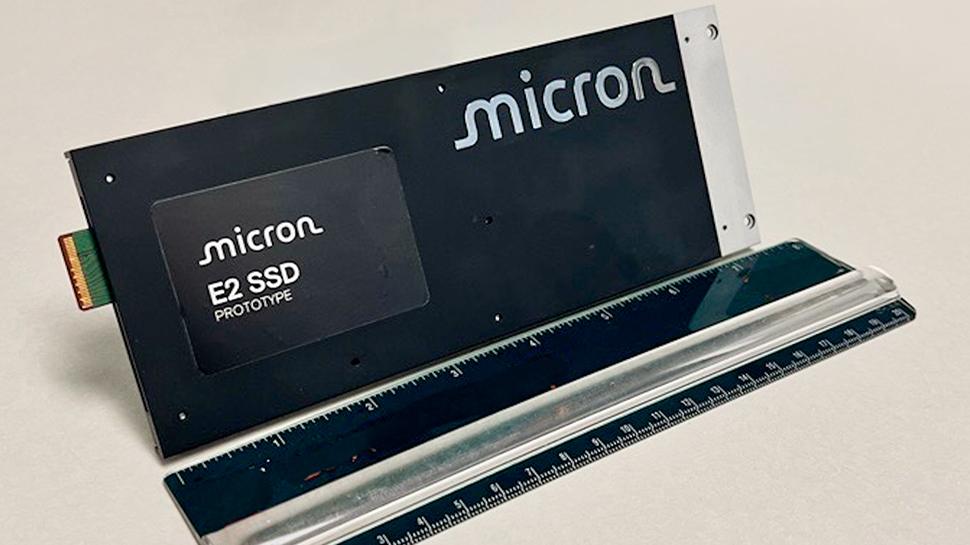- E2 SSD to balance storage capacity and efficiency
- The new form factor fits the growing demand for storage of warm level data
- High density flash could reduce dependence on long -term hard drives
As workloads change and cold data are heated under AI and analysis demands, the traditional division between high -speed SSDs and profitable hard drives is no longer useful in each case of use.
A new SSD form known as E2 is being developed to address the growing gap in business data storage. Potentially, delivering up to 1pb of Flash QLC per unit, they could become the medium terrain option that the industry needs.
Storagereview He states that the Form E2 factor is being designed with the support of key actors, including Micron, Meta and Pure Storage through the Storage Networking Industry Association and the open computer project.
Solid, but not avant -garde
E2 SSDS is aimed at “warm” data: information that is accessed with sufficient frequency to load hard drives, but does not justify the cost of performance flash.
Physically, SSD E2 measure 200 mm x 76 mm x 9.5 mm. They use the same edsff connector found in the E1 and E3 units, but are optimized for high capacity dense implementations.
A standard 2U server could house up to 40 units E2, translating to 40pb of flash into a single chassis. Storagereview He says that these units will connect through PCIE 6.0 using four lanes and can consume up to 80W per unit, although most are expected to be drawn much less.
The performance will reach 8-10 MB/s per Terabyte, or up to 10,000 MB/s for a 1pb model. That is faster than hard drives, but not in the same class as high -end business SSDs. E2 priorities will be the capacity, efficiency and cost control.
The pure storage showed an E2 prototype of 300 TB in May 2025 with DRAM caches, capacitors for the protection of energy loss and a flash controller suitable for this scale. While current servers are not yet ready for this form factor, new systems are expected to continue.
It is fair to say that E2 will not replace hard drives during the night, but indicate a change. As the specification advances towards the end this summer, suppliers are already rethinking how large -scale flash can fit into modern infrastructure.




